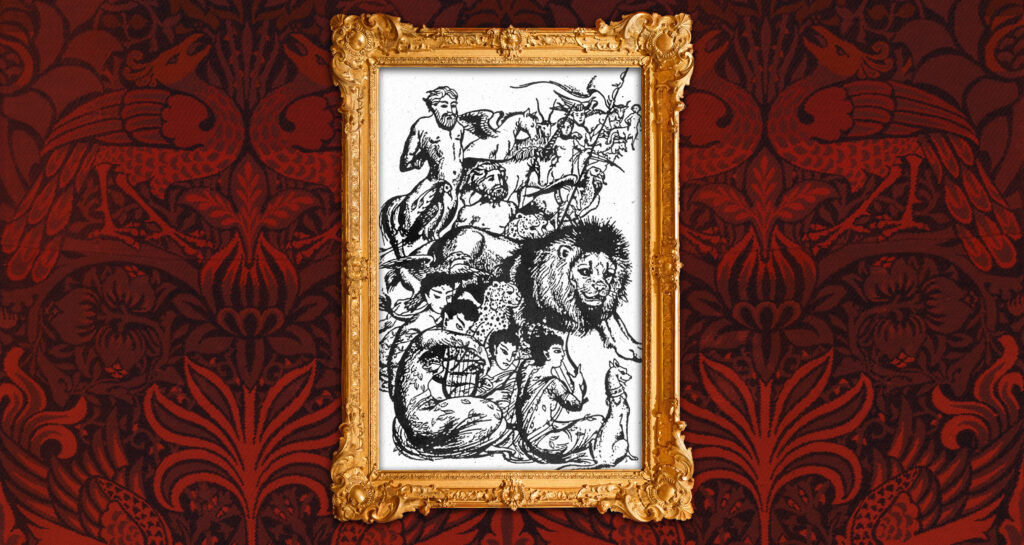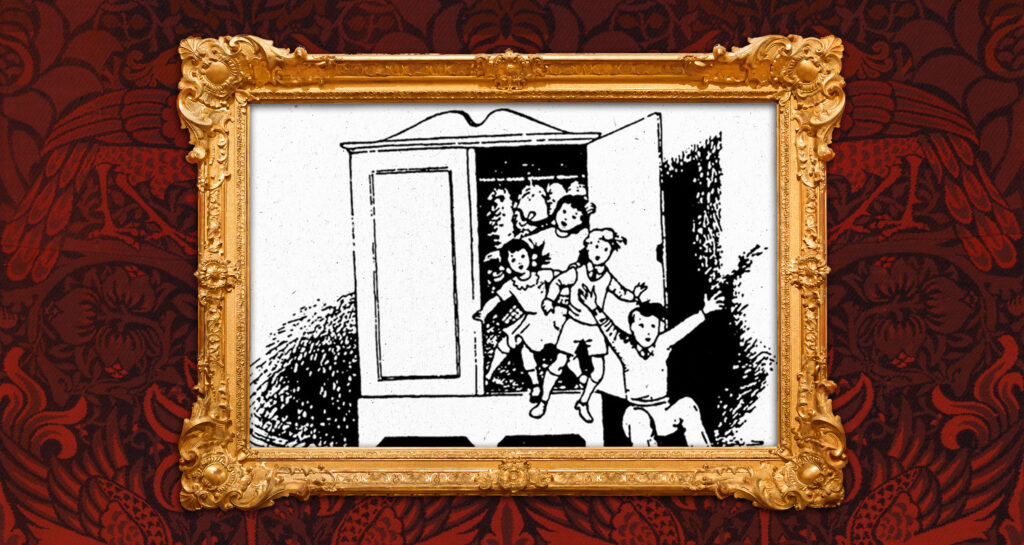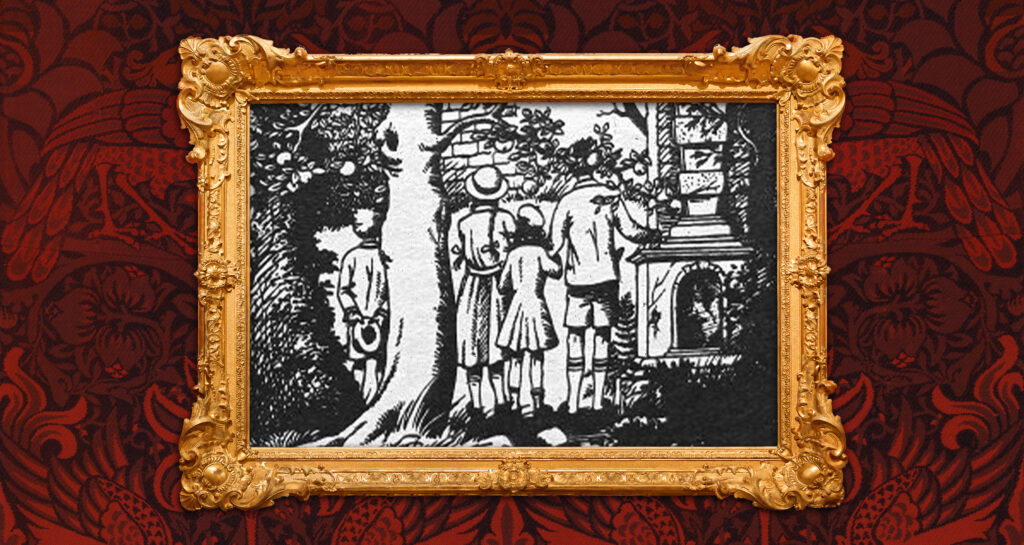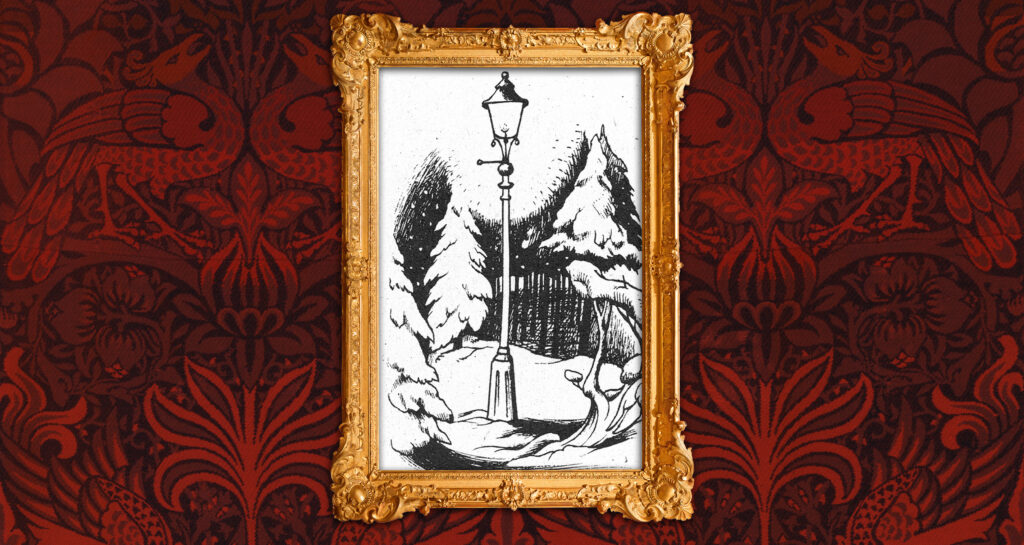What would Aslan do? 5 life lessons from the Lion of Narnia
Published on March 4, 2025

Few stories captivate the heart and soul quite like The Chronicles of Narnia by C.S. Lewis. Loved by readers from ages 5 to 105, these timeless tales are more than just thrilling adventures—they are filled with deep wisdom and truth.
At the center of it all stands Aslan, the mighty and mysterious lion. He is “not a tame lion,” but his words and actions cut straight to the heart, stirring courage, faith, and wonder.
Here are five unforgettable life lessons from the Lord of Narnia that will challenge and inspire you!

1. Compassion
“Up till then he had been looking at the Lion’s great front feet and the huge claws on them; now, in his despair, he looked up at its face. What he saw there surprised him as much as anything in his whole life. For the tawny face was bent down near his own and (wonder of wonders) great shining tears stood in the Lion’s eyes. They were such big, bright tears compared with Digory’s own that for a moment he felt as if the Lion must really be sorrier about his Mother than he was himself.”
– The Magician’s Nephew
This scene is from the first canonical book in C.S. Lewis’s Narnia series. The young hero, Digory, hopes to cure his mother of her illness with fruit from the land of Narnia and asks Aslan for his help.
Digory notes Aslan’s powerful back and massive claws. But Aslan is more than just his might. He is also loving and compassionate. The word “compassion” comes from the Latin compassio, to suffer with. Aslan integrates his power and strength with emotional maturity, rejoicing with those who rejoice, and weeping with those who weep.
Strength does not cancel out sorrow, nor do tears signify weakness. Aslan’s capacity to feel deep emotion augments his strength.
The Lesson: Always be willing to feel deeply and to suffer with others.

2. The importance of humor
“Laugh and fear not, creatures. Now that you are no longer dumb and witless you need not always be grave. For jokes as well as justice come in with speech.”
– The Magician’s Nephew
Here, Lewis describes Aslan’s creation of Narnia, which he fills with talking beasts and creatures of all kinds. The Jackdaw has the distinction of making the first joke, by speaking loudly after all the others had finished.
Aslan, rather than reprimanding the creature and repressing the giggles of the other animals, proclaims the rightness of the joke and the goodness of humor. He even makes a joke himself, declaring that rather than making the first joke, the Jackdaw in fact was the first joke. This pleases the jackdaw immensely and sets the other creatures laughing once more.
The Lesson: Aslan teaches us not to take ourselves too seriously, and that a well-placed bit of humor makes the world a much better place for those around us.

3. Forgetting past wrongs
“ ‘Here is your brother,” he said, ‘and – there is no need to talk to him about what is past.’ ”
– The Lion the Witch and the Wardrobe
This scene takes place in the best-known of the Narnia series, The Lion, the Witch, and the Wardrobe. One of the four main characters, Edmund, has betrayed his siblings to the evil White Witch. As a result, he has many uncomfortable adventures and causes much suffering, but in the end Aslan returns him to his family.
The great Lion offers advice to the children: Do not speak to Edmund about his past mistakes. Too often we forgive, and fail to forget; we continue to judge and renew the past wrongs of others.
The Lesson: Like Aslan, we must learn to leave other people’s wrongs in the past after they have been forgiven.

4. Willingness to change
“ ‘Now, child,’ said Aslan, when they had left the trees behind them, ‘I will wait here, go and wake the others and tell them to follow. If they will not, then you at least must follow me alone.’ ”
– Prince Caspian
Several years after the events in The Lion, the Witch, and the Wardrobe, the four children return to Narnia in Prince Caspian. Lucy, the youngest of the four, sees Aslan, but when the others do not believe her, she doesn’t resist.
Aslan later confronts and gently reprimands her for allowing the opinions of the others to stop her from professing what she knows to be true. In this scene, he gives her one more chance to convince the others.
The Lesson: Often we shrink from doing something because we do not want to be alone or ostracized. Rather, we should follow Aslan’s advice and act on what we believe, even if we do end up alone.

5. Discretion
“ ‘Child,” said the Lion, ‘I am telling you your story, not hers. No one is told any story but their own.’ ”
– The Horse and His Boy
With new adventures and new heroes, the Horse and His Boy marks a pivotal moment in Lewis’s Narnia canon. Throughout the story, Aslan appears several times but does not speak.
At the book’s end, he returns to reveal his presence and providential care to the heroes. However, he gently chides one young man for asking about the failings of his companions. In our own lives, we often can be overly curious about the doings of others, not out of concern, but out of hen-like curiosity.
The Lesson: Aslan teaches us that we should concern ourselves with the plank in our own eye – not the speck in our brother’s.




Amen! It makes me want to read it again at
60 years old. God bless